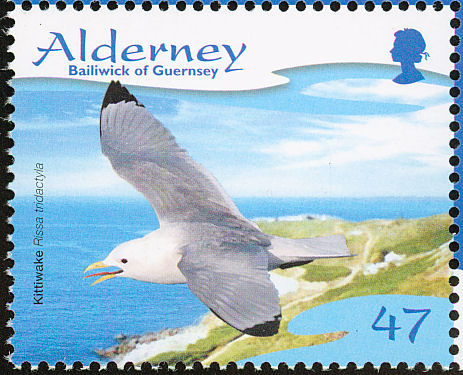Birds that are now globally threatened include the kittiwake (Rissa tridactyla) and the Atlantic puffin (Fratercula arctica), which breed on UK sea cliffs. Meanwhile, on land, the Snowy Owl is struggling to find prey as ice melts in the North American Arctic, say conservation groups. The iconic bird is listed as vulnerable to extinction for the first time. Worldwide, over a quarter of more than 200 bird species reassessed by the International Union for the Conservation of Nature have been moved to higher threat categories.
Seabirds are of particular concern, including Cape gannets (Morus capensis), which are now classified as Endangered, and the Antipodean Albatross (Diomedea antipodensis), which risks being drowned by fishing lines. The kittiwake (Rissa tridactyla), which breeds along northern coasts, has declined globally by about 40% since the 1970s. More than 70% of the British breeding kittiwake population is found in Scotland. However, there has been a dramatic decline, particularly in Orkney and Shetland and on St Kilda in the Western Isles. The other birds found in the UK to be placed on the IUCN Red List are:
Atlantic Puffin (Fratercula arctica)
European Turtle Dove (Streptopelia turtur)
Pochard (Aythya ferina)
Slavonian Grebe (Podiceps auritus)
Balearic Shearwater (Puffinus mauretanicus)
Long-tailed Duck (Clangula hyemalis)
Velvet Scoter (Melanitta fusca)
Aquatic Warbler (Acrocephalus paludicola).
Elsewhere, the Snowy Owl (Bubo scandiacus) has moved up the rankings from Least Concern to Vulnerable. The North American population has declined by 64% since 1970. In Asia, the Yellow-breasted Bunting (Emberiza aureola) has been uplisted from Endangered to Critically Endangered.
Source: BBC News, 12 Dec 2017
http://www.bbc.com/news/science-environment-42314289

- Login om te reageren
